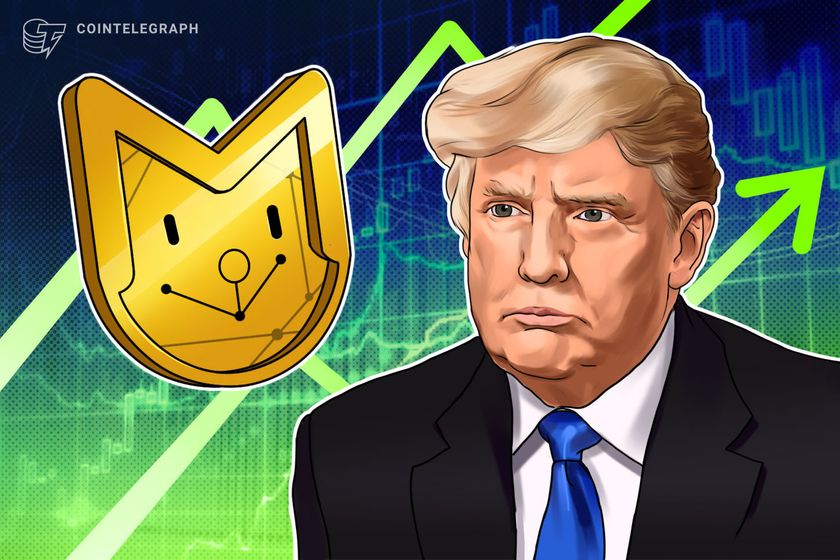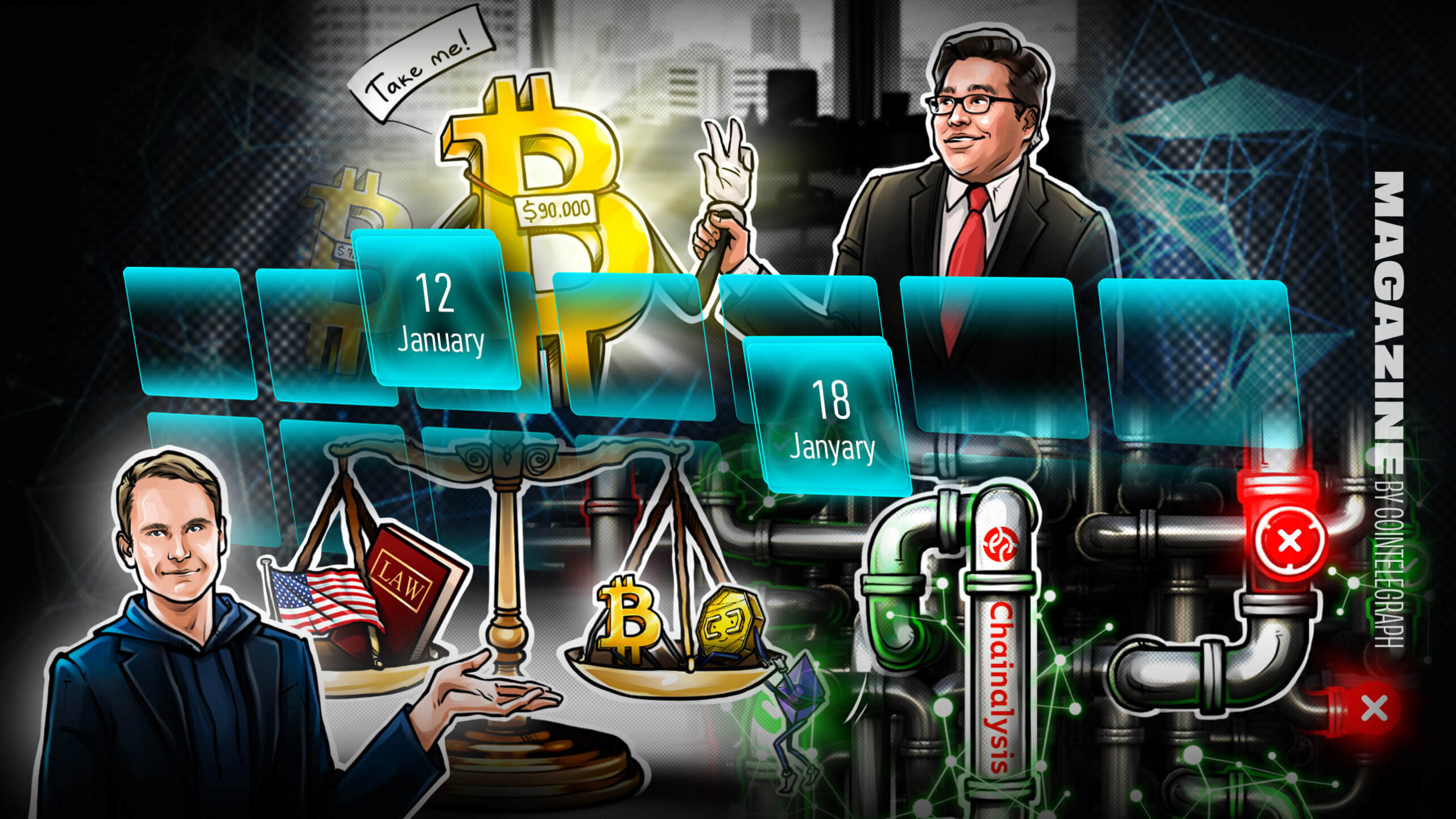
The meaningful shift from Bitcoin maximalism to Bitcoin realism

Signs pointing to Bitcoin’s steady maturity and growth in the crypto space and beyond are undeniable, making a case for the cryptocurrency being the ultimate digital reserve asset.
There was a time when all cryptocurrencies traded against Bitcoin (BTC). Speculators ventured into other coins when they saw assuring tokenomics or promising hype, but Bitcoin was their settlement coin of choice.
Things have changed. Stablecoins now constitute a critical $150 billion pillar in the cryptocurrency market. Perpetual futures over-amplify market sentiment and, more often than not, dominate price action. Much more capital, including from institutional funds, has come into the market lately with only a moderate impact on Bitcoin’s price. So, some former bulls now dismiss Bitcoin as boring.

Is this the end of Bitcoin maximalism? Probably not. But, perhaps, it’s time for more realism.
Related: Gold, Bitcoin or DeFi: How can investors hedge against inflation?
Bitcoin in a sea of memes
Just as Disney’s stock can hold value next to gold, new digital-native names like the nonfungible token (NFT) project Bored Ape Yacht Club (BAYC) can rise next to Bitcoin in the digital asset arena. And, just as investors would be willing to obtain the rights to a nearly century-old Mickey Mouse, the BAYC represents a new approach to brand building. And, it could work.

It might not, though. It’s speculative, which is what traders like.
ApeCoin’s (APE) volatility is not the same as that seen in Bitcoin today. The apes track brand hype, while Bitcoin now trades against a macroeconomic backdrop. It’s realistic to say that Bitcoin is consolidating as a core holding, not just in the digital asset space but even with some brave institutional investors — who typically shun volatility. Bitcoin is the established base layer in the digital asset market, but will it also be the ultimate reserve asset?
In all fairness, it’s not Ripple (XRP), Shiba Inu (SHIB) or Bitcoin Cash (BCH) that we see sovereign wealth funds beginning to hold. No serious retirement funds are picking them up either. Realists see that because Bitcoin has proven itself to be resilient throughout multiple crises and because it is truly decentralized and beyond the reach of any single government’s control, it is different from its contenders.
We can see that in the “payments” sector, Bitcoin’s dominance with a $750 billion market capitalization is obvious as it dwarfs the next in line. At the same time, however, we cannot dismiss the rise of other “cryptocurrencies” against Bitcoin as futile simply because they are not Bitcoin. Realism opens up the conversation and more understanding, which is ultimately the key driver of adoption.

Bitcoin for boomers
From a price perspective, Bitcoin is only boring for those who crave the roller coaster rush of speculative trading. As that interest looks elsewhere, Bitcoin is growing up and that in itself can unlock more growth.
While YouTube influencers race from farming and breeding to staking and minting, haven’t we also seen the conversation about Bitcoin become so much more mature and focused on first principles?
No, we didn’t get to see a $100,000 Bitcoin in 2021. But, then, do we really need to be that greedy when we haven’t even reached 5% global adoption yet? Yes, in a less boring world, Bitcoin can benefit from human greed and speculation — as with all investments — but those same impulses can send any asset value plummeting.
Related: Boom or bust? Is there a way for Bitcoin price to hit $100K in 2022?
Bitcoin takes time
A Bitcoin maximalist typically wants to own enough Bitcoin to do well for themselves across time and space. They probably also want to see a fair and more just economy — hence their support for Bitcoin in the first place. A maximalist should also agree that it’s better to see billions of people holding a little Bitcoin than a few million holding all of it.
Indeed, buy-the-dip moments aren’t just useful for those most committed to Bitcoin, but they also help with further distribution as new entrants are attracted to the buying opportunity. That’s a good thing.
In this respect, it’s helpful to ask yourself how much Bitcoin you think you should own or aim for. And then act accordingly.
Most staunch Bitcoiners, including Michael Saylor, took time — maybe years — to come to their inspiring views. Famed financier Ray Dalio is still evolving. Most politicians barely understand Bitcoin and I have to assume there are even times when El Salvador’s President Nayib Bukele, who made Bitcoin legal tender in his country, stares at the charts and feels nervous.
Related: El Salvador’s Bitcoin Law: Understanding alternatives to government intervention
Anyone coming into the crypto space for the first time because a funny dog or pixelated primate presented itself as a hyper-sound asset is going to need time as well — A lot of it. But, the end result isn’t necessarily Bitcoin maximalism.
Being a core holding, though, most participants in the space have some exposure to Bitcoin already. Just looking at the game theory playing out across emerging markets and in the context of the current sanctions regime, as well as inflation, most investors in digital assets know it’s good to hold “some Bitcoin.”
Too toxic?
Some say Bitcoin maximalists are toxic. But, people are toxic everywhere. And, what maximalists in Bitcoin do a good job of is reiterating first principles, which helps anchor the conversation. Their motto is, Bitcoin doesn’t need you, you need Bitcoin. True? Well, true or not, the point is: Don’t put your life savings in a memecoin because the community is so nice to you.
Let’s be real. The world is dealing with currency debasements, Bitcoin mining can and does serve environmental goals, the United States and its allies did freeze Russian foreign reserves, the future is profoundly digital, inflation is not transitory and holding Bitcoin in the context of any of these makes complete sense.
Bear markets show what projects and protocols are really made of. Axie Infinity’s Smooth Love Potion (SLP) token currently trades around 40-times lower than its all-time high. Bitcoin is at about 2-times lower than its all-time high. Breaching $69,000 sooner rather than later would not be unreasonable or even out of the ordinary.
Finally, banks “getting into Bitcoin” is somewhat of an oxymoron and some might argue Bitcoin needs none of that, but it’s equally realistic to say that Bitcoin’s integration with global finance and existing infrastructure makes the asset more resilient, as it brings in more stakeholders who will be invested long term.
No one needs to be a Bitcoin maximalist, but everyone should be a realist.
This article does not contain investment advice or recommendations. Every investment and trading move involves risk, and readers should conduct their own research when making a decision.
The views, thoughts and opinions expressed here are the author’s alone and do not necessarily reflect or represent the views and opinions of Cointelegraph.
Go to Source
Author: Ben Caselin









